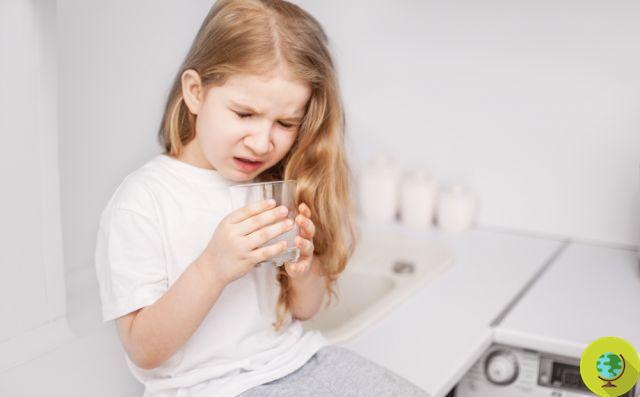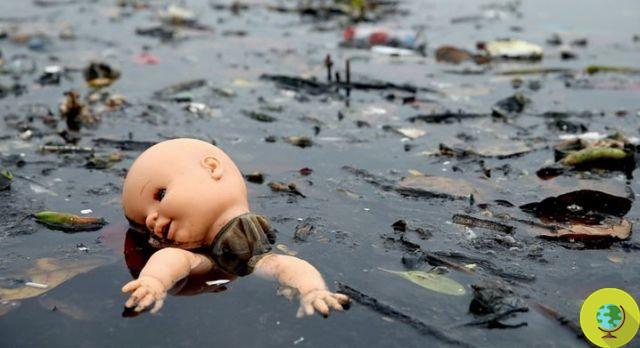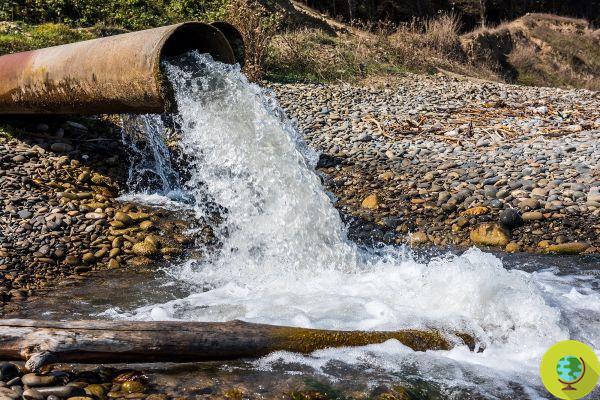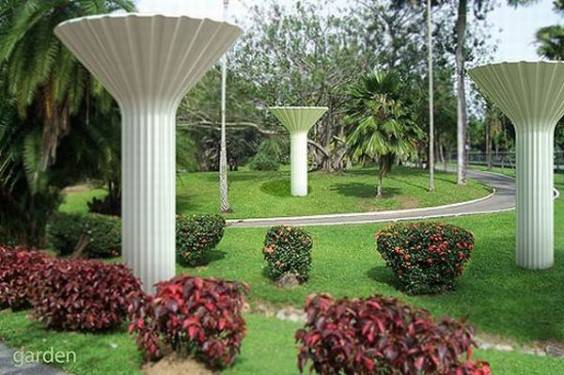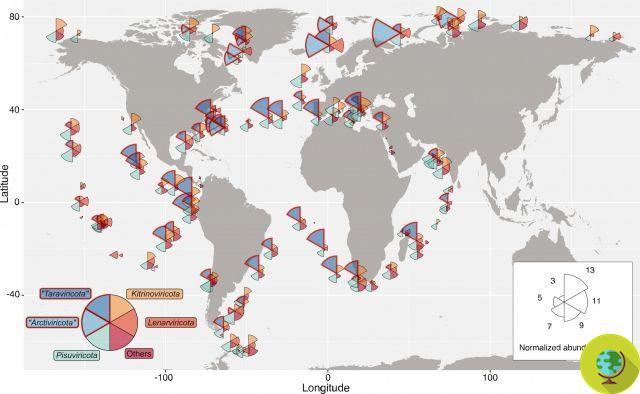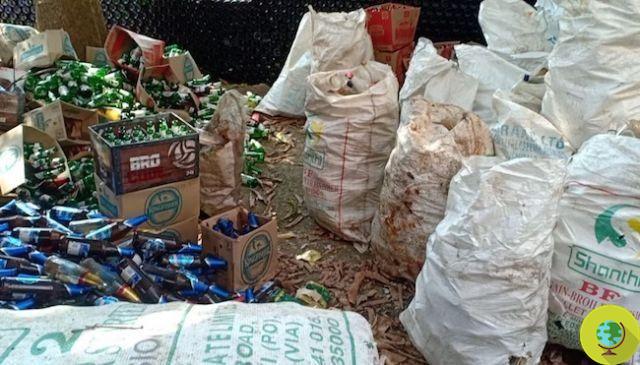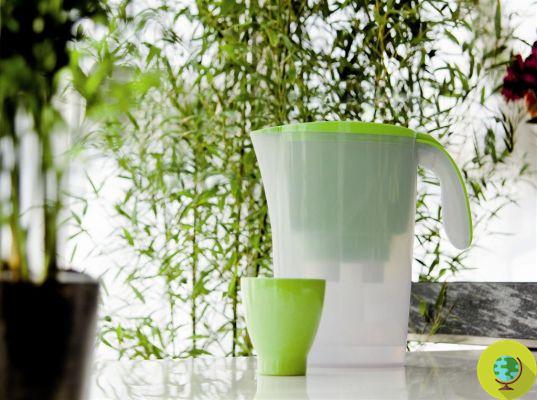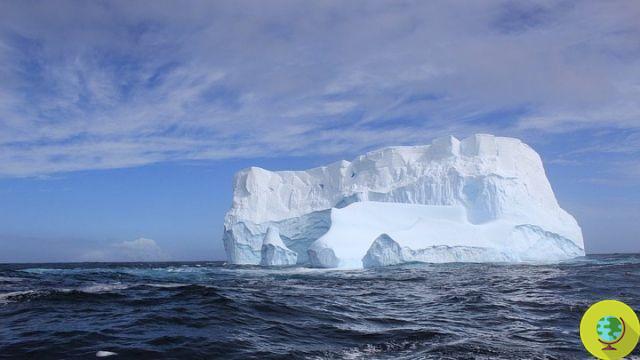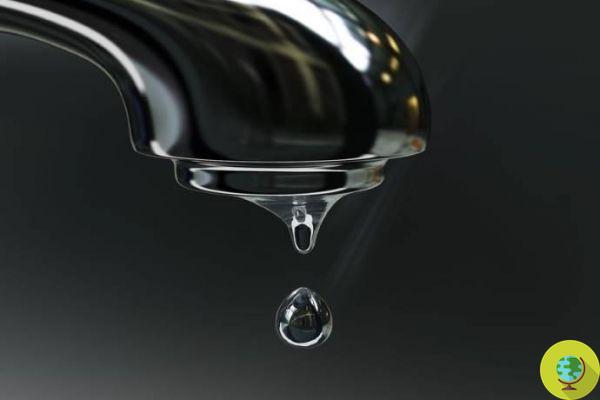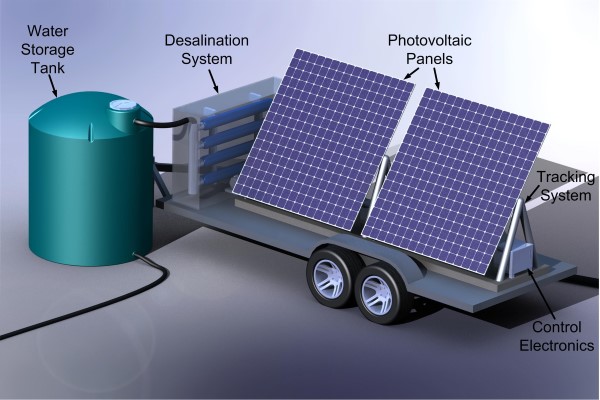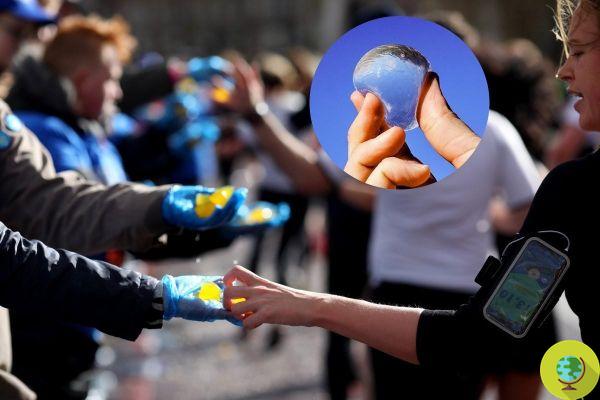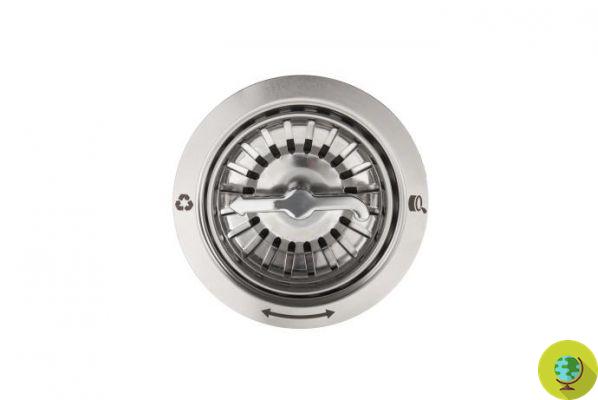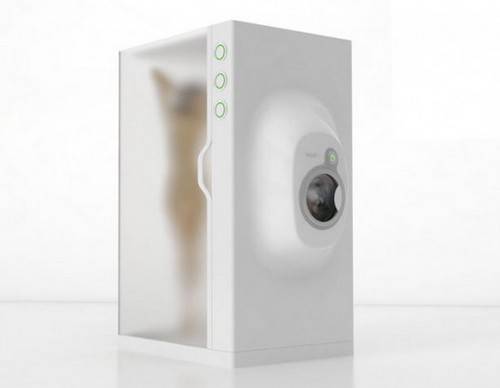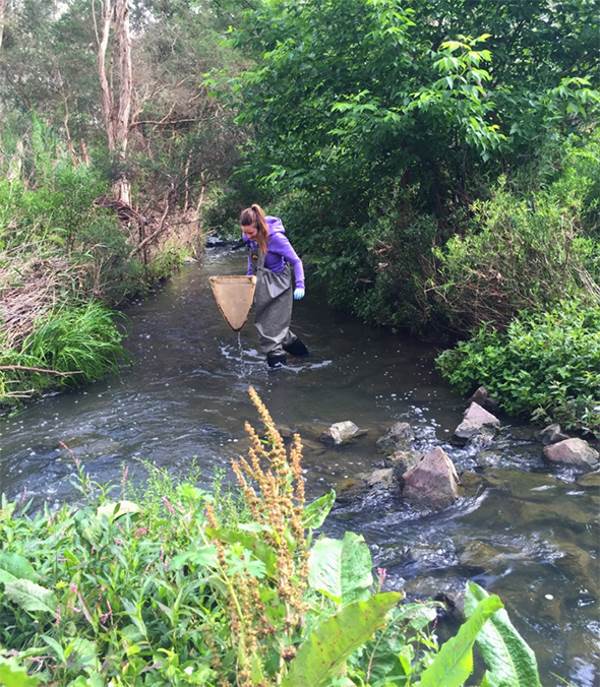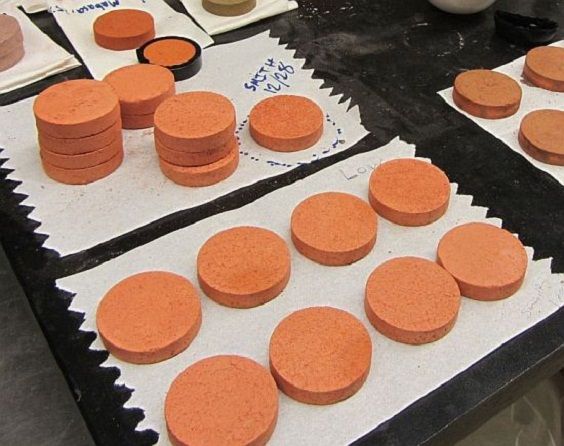One study found that using tap water in a kettle creates a protective shield that prevents the release of microplastics
Tap water, for various reasons, is almost always the best choice. Now a new study has focused on investigating a characteristic that the water that gushes into our homes would have, namely that of being able to create a natural protective shield against microplastics. This could help prevent the release of these substances from very common household appliances such as plastic kettles.
The study is the work of a team from AMBER, the SFI Center for Advanced Materials Research and Bioengineering, Trinity College Dublin and University College Dublin, and will be published in the January 2022 issue of the Chemical Engineering Journal. . The results obtained from the research, however, are already known and are extraordinary.
The study basically reveals that tap water contains trace elements and minerals, and prevent plastic from degrading and release the now known microplastics. These very small substances, in addition to being particularly polluting, can carry a series of potentially harmful contaminants (for example traces of metals).
Previous studies, however, which had used deionized water (DI), had found that household plastic products used in food preparation and storage are a local and immediate source of extremely high quantities of microplastics (MP), released directly into the human body and the environment.
Professor John J. Boland of AMBER and Trinity's School of Chemistry, one of the coordinators of the research team, said:
It is known that plastics can degrade and release microplastics, which can enter the environment and be consumed by humans. Our research shows that many items such as plastic kettles, which are used repeatedly with tap water, can develop a protective “skin” over time that completely prevents the release of microplastics. Since tap water is not 2% pure H100O but contains trace elements and minerals, what we have shown is that if you include these trace elements and minerals, the degradation of plastic in tap water is completely different. (…) The minerals cover the plastic and prevent any type of degradation and therefore the product becomes free of microplastics.
And then he adds:
For example, that dark brown color in your kettle is a good thing. It is the copper oxide that forms from the copper minerals in your tap water, which in turn comes from the copper pipes in your home - all of which combine to give your kettle perfect protection.
According to the study, this protective film can reduce the release level of microplastics (MP) by up to 99,8%.
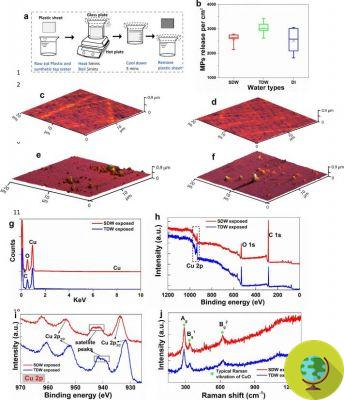
@Chemical Engineering Journal
The discovery is important as this sort of protective film against the release of microplastics can be reproduced in the laboratory and applied directly on the plastic so as not to have to wait the time necessary for its natural formation.
In the meantime, we have one more reason to use tap water which, for several other reasons, is definitely more environmentally friendly. Read also: Bottled water causes environmental damage 3.500 times greater than tap water
Follow us on Telegram | Instagram | Facebook | TikTok | Youtube
Fonte: Chemical Engineering Journal
Read also:
- Microplastics in water bottles: all brands involved
- Microplastics: developed a system to eliminate them from wastewater directly at the source





